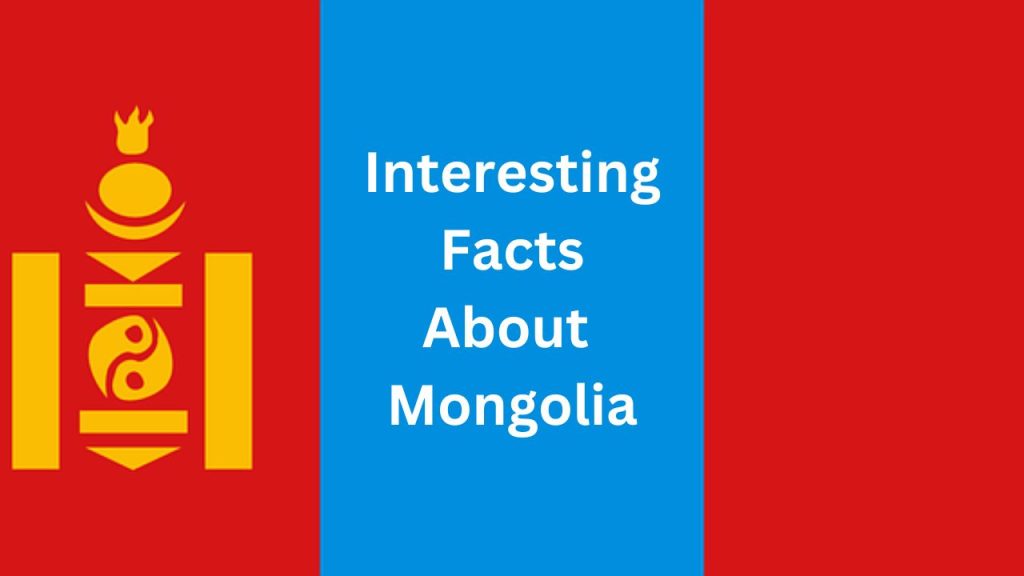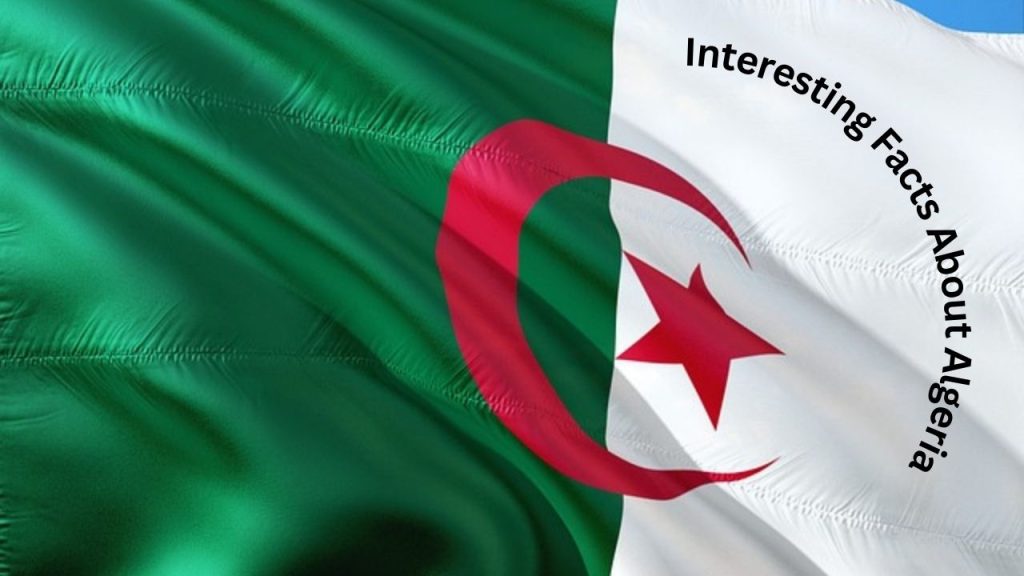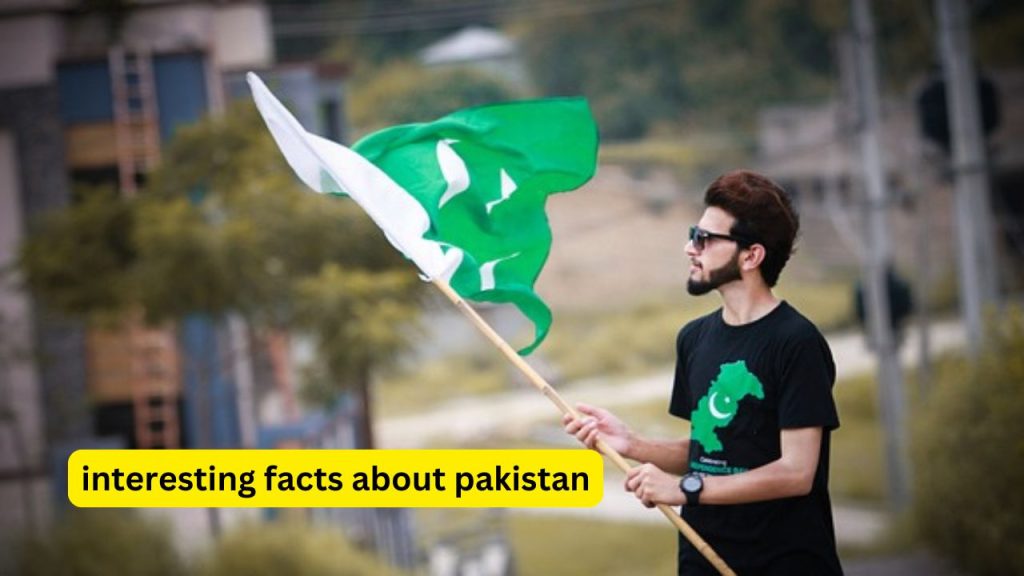Discover 40 interesting facts about Mongolia, from its nomadic culture and vast landscapes to its rich history with Genghis Khan. Explore the Land of Eternal Blue Sky.
Mongolia is a country whose vast landscapes, deep history, and distinctive culture captivate the imagination. Mongolia, which is tucked between China and Russia, has survived by clinging to its customs while advancing civilization. Here are 40 interesting facts about Mongolia to pique your attention if you’re wondering what makes this land of the endless blue sky so fascinating.
Some Interesting Facts About Mongolia
1. The Nation with the Fewest People Worldwide
Mongolia is one of the largest countries in terms of land size, with a total area of about 1.5 million square kilometers. However, with a population of roughly 3.3 million, it’s the least densely inhabited country in the world. In relation to individuals per square kilometer, that is!
2. Home to the Gobi Desert
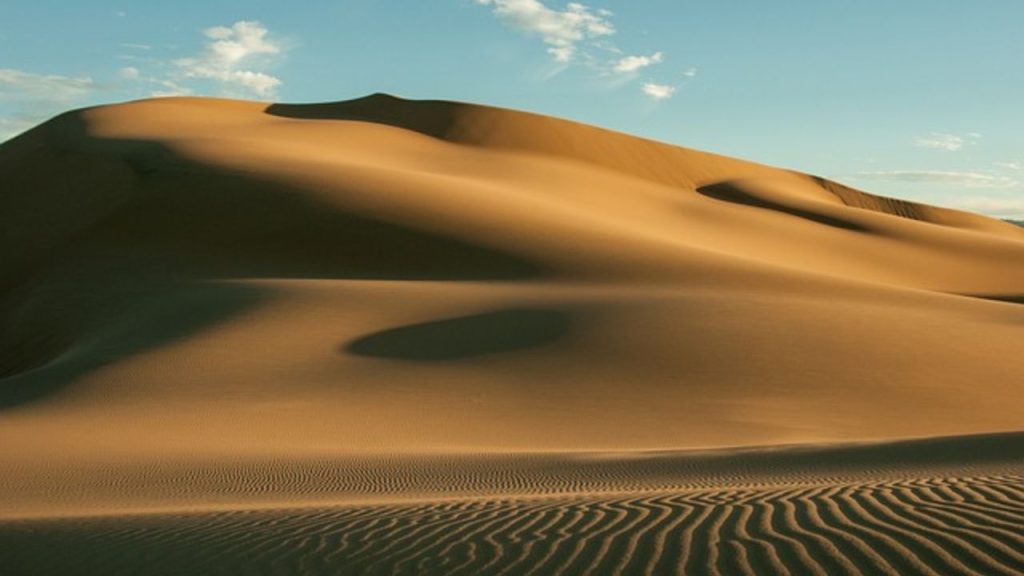
The Gobi Desert, the biggest in Asia and the fifth largest in the world, is one of Mongolia’s most well-known natural features. Though most people associate deserts with sand, the Gobi is actually a combination of arid rock, dunes, and large stretches of gravel plains.
3. The Nomadic Way of Life
Many Mongolians continue to live nomadic lifestyles in spite of urbanization. The nomadic lifestyle comprises around thirty percent of the people who travel with their cattle and erect their recognizable circular tents, called “gers” or “yurts,” wherever they go.
4. Horse Country
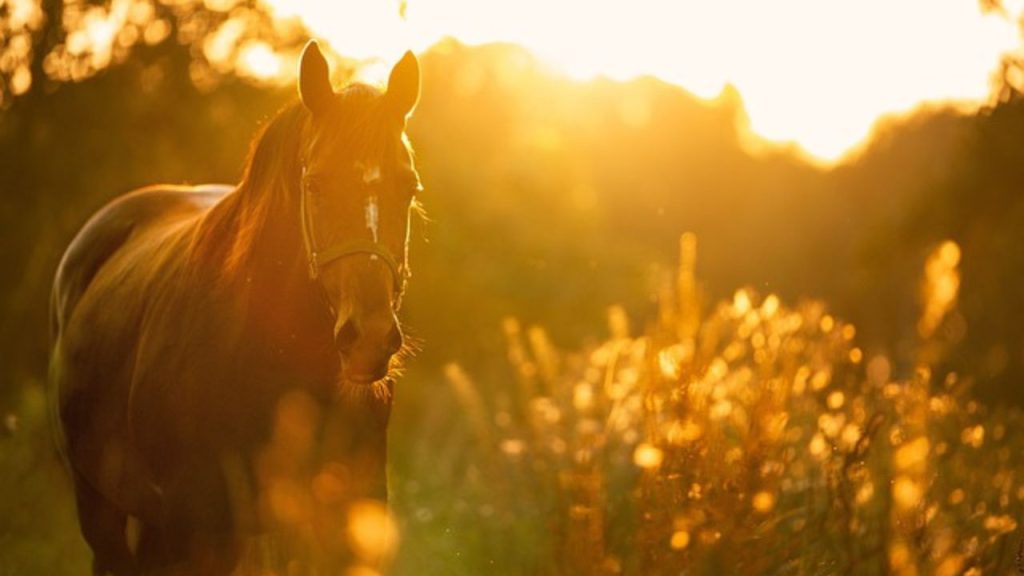
Mongolia has a strong bond with horses, earning it the moniker “Land of the Horse.” In Mongolia, horses outweigh humans, and they play a vital role in transportation, culture, and tradition.
5. Genghis Khan: The Icon of Legend
Having been born in 1162 as Temujin, Genghis Khan is the most well-known person in Mongolian history. He established the Mongol Empire, which spanned from Europe to Asia and was the greatest contiguous empire in global history. The people of Mongolia still think highly of him.
6. The Coldest Capital City, Ulaanbaatar
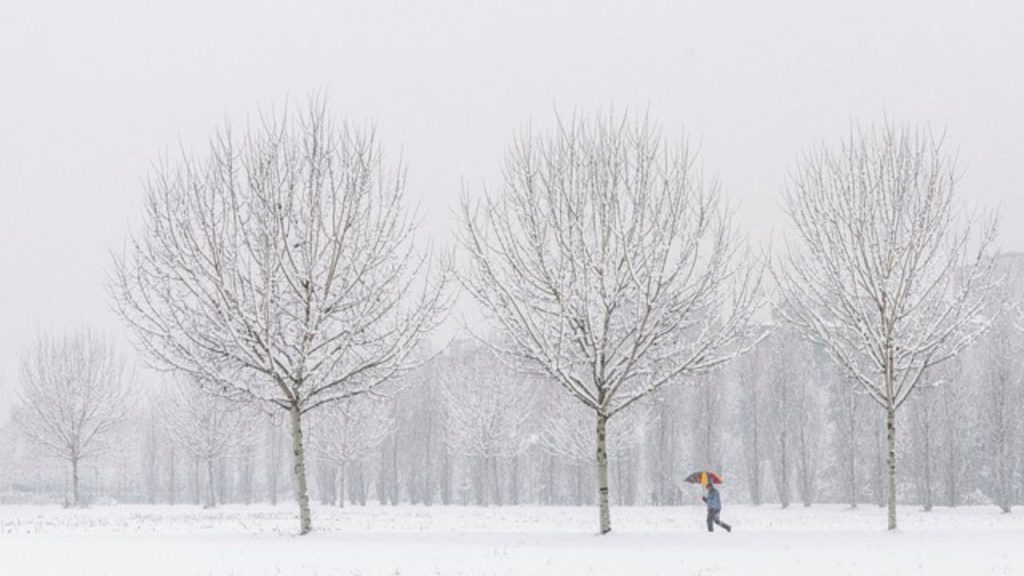
Ulaanbaatar, the capital of Mongolia, is renowned for its scorching temperatures. It is the world’s coldest capital city, with wintertime lows frequently falling below -40°C (-40°F).
7. Three Manly Games
Mongolia holds the Naadam Festival each summer, which includes the “Three Manly Games” of horse racing, archery, and wrestling. These customary sports have a significant historical and cultural role in Mongolia.
8. A Passion for Milk

Dairy products are highly valued in Mongolia and are mostly derived from yaks, goats, and horses. Fermented mare’s milk, or “airag,” is a traditional beverage that is considered hospitable in Mongolia, however it may take some getting used to for visitors.
9. The Landlocked Mongolia
Among the world’s largest landlocked nations is Mongolia. Although it lacks an ocean, its boundaries span enormous plains and mountain ranges, giving it a country of unmatched natural beauty.
10. Blue Sky Forever
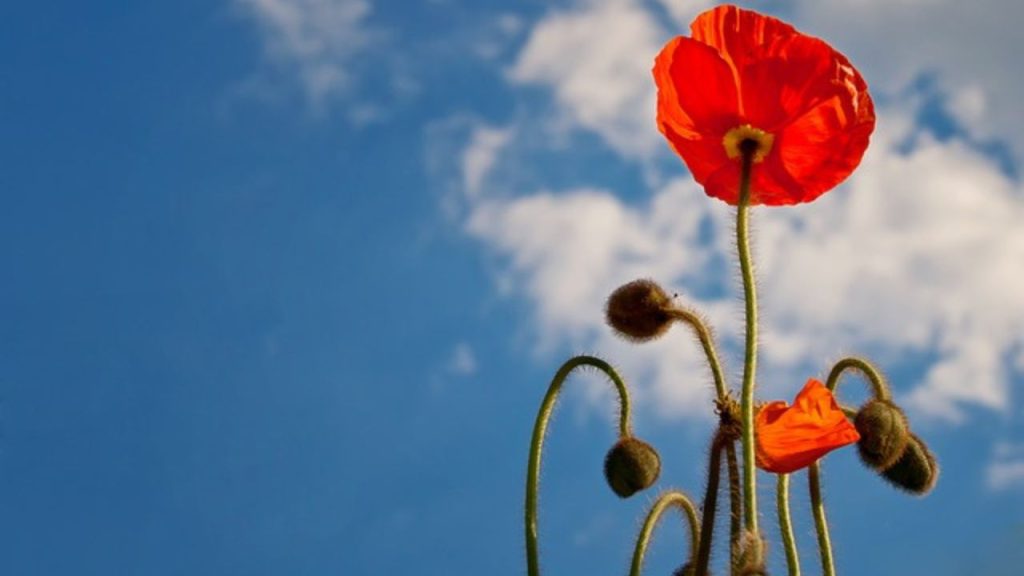
Because Mongolia has more than 250 sunny days annually, it is referred to as the “Land of the Eternal Blue Sky”. That’s a lot of sunshine, which adds to the beauty of the surroundings.
11. The Spirits of the Great Khans Live On
Although Genghis Khan is the most well-known, the Mongols maintained their strongholds under the leadership of his grandson Kublai Khan, who founded the Yuan Dynasty in China. The pride that Mongolians have in their ancestry is closely linked to these historical personalities.
12. The Yurt from Mongolia
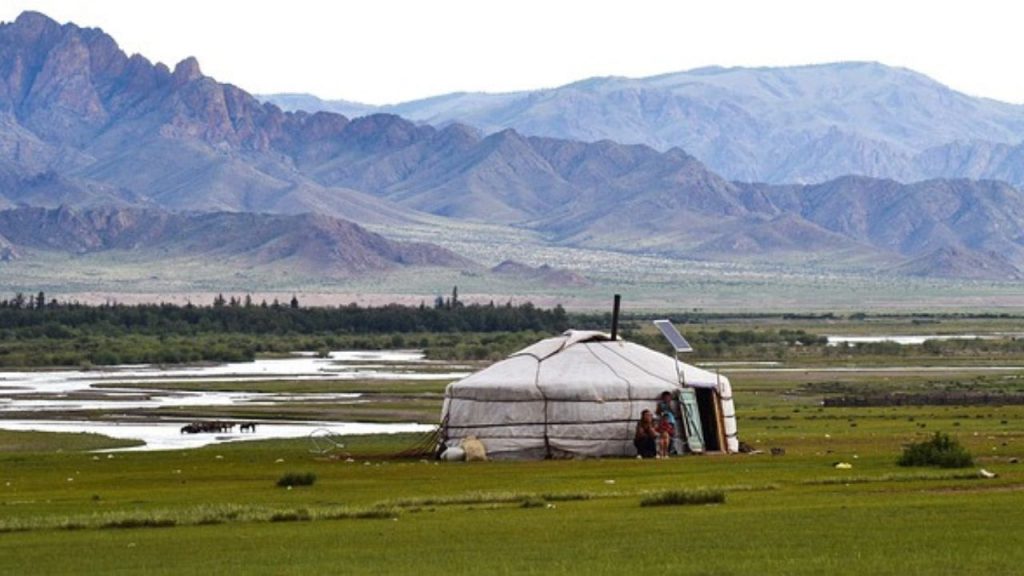
Mongolians have been living in circular tents called “gers” or “yurts” for millennia, serving as nomadic shelter. It is made to withstand the extreme weather conditions and be readily transported. These historic residences have comfortable interiors and can resist harsh weather.
13. Children should not race horses
Although horse racing is considered a high-class sport in Mongolian culture, the majority of jockeys are young people, often between the ages of five and thirteen. They race across long distances, often 15-30 kilometers.
14. Vast, Untouched Wilderness
Much of Mongolia’s scenery remains undisturbed by human civilization. With expansive steppe areas, deserts, and mountains that reach for miles, it’s one of the few locations on Earth where you can truly feel wildness.
15. A Combination of Shamanism and Buddhism
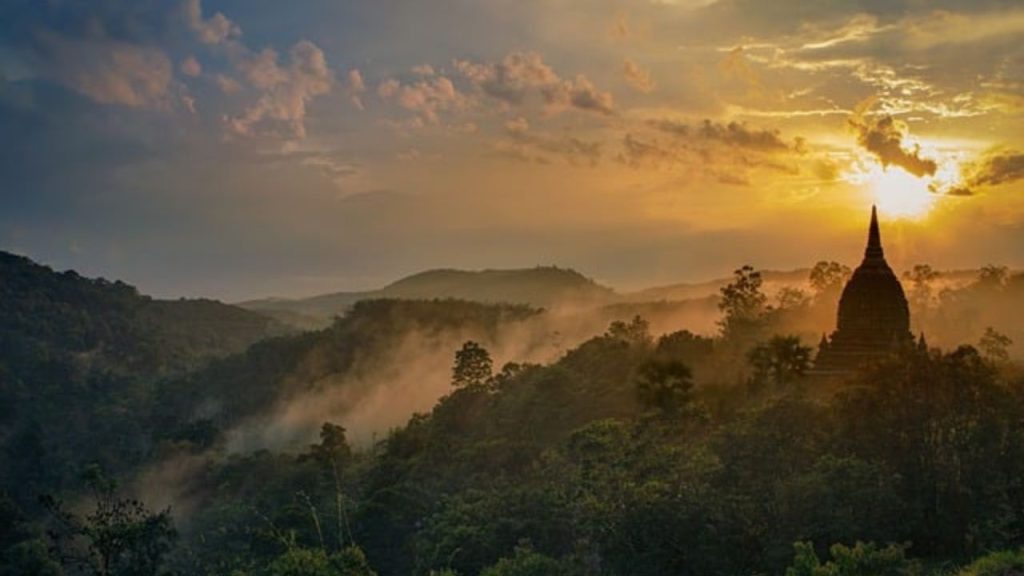
Buddhism is the prevalent religion in Mongolia, yet it coexists with old shamanistic beliefs. Numerous Mongols practice nature worship, believe in ghosts, and engage in rituals that help them communicate with the afterlife.
16. The Singing of the Mongolian Throat
Thrush singing, or “Khoomei,” is one of Mongolia’s most distinctive traditional practices. Generation after generation of singers has created a hauntingly beautiful sound by simultaneously producing several pitches.
17. The Blue Pearl, Lake Khövsgöl
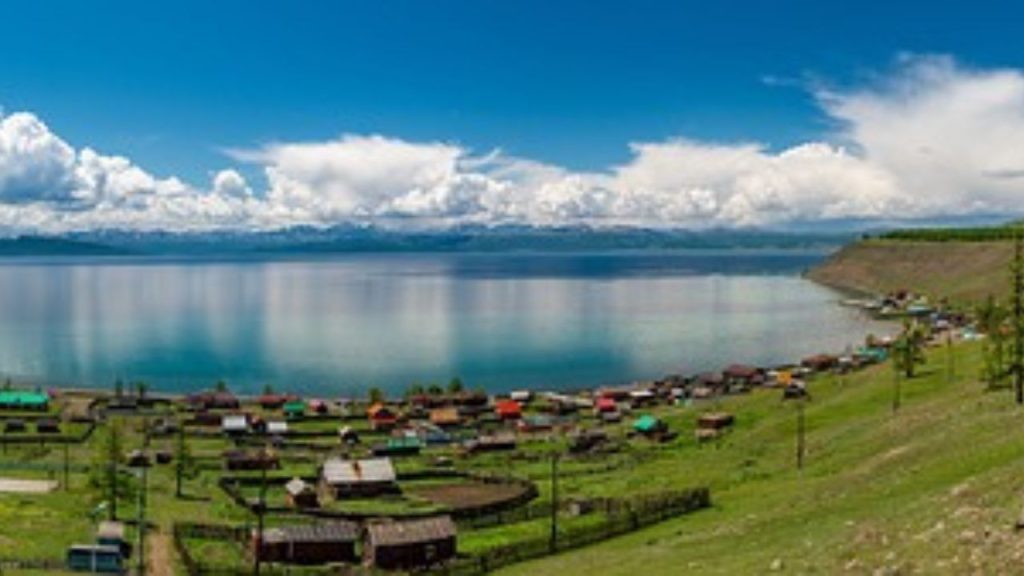
Lake is located in Mongolia. Khövsgöl, known as the “Blue Pearl.” Approximately 70% of the fresh water in Mongolia is contained in this biggest freshwater lake. It’s a lake close to the Russian border that is immaculate and crystal clean.
18. The Significance of Camels
The hard desert climate of Mongolia is ideal for the two-humped Bactrian camels found in the Gobi Desert. These camels are an important part of nomadic life and are able to withstand harsh environments.
19. The Soviet Union’s Influence
Mongolia came under considerable Soviet influence from 1924 to 1992. The establishment of the Mongolian People’s Republic and the influence of communism on many facets of daily life occurred during this period.
20. Among the Most Recent Democracies
Mongolia’s democracy is not that old. In 1990, Mongolia made the shift from a one-party communist regime to a multi-party democracy following the fall of the Soviet Union.
21. The Naadam Festival: An Important Cultural Event
Mongolia’s largest celebration is the Naadam Festival, which takes place in July. It features horse racing, archery, and wrestling—three ancient activities practiced in Mongolia—and has been honored for millennia.

22. The Sacredness of Horses
In Mongolia, horses are more than just means of transportation; they are an integral component of the culture. Genghis Khan’s men also entered battle astride horses, which helped the Mongol Empire grow significantly.
23. Simple and Hearty Mongolian Cuisine
Because of the harsh weather, Mongolian cuisine is meant to be filling. “Buuz” (steamed dumplings), “khuushuur” (fried pork pies), and “tsuivan” (stir-fried noodles) are typical meals. Meat is a mainstay, particularly mutton.
24. Lands of Vast Steppe
Mongolia is home to a huge grassland region known as the Steppe. Among the world’s biggest surviving complete ecosystems, it supports a wide variety of animals, including as wolves, snow leopards, and gazelles.
25. The Passion of Mongolia for Wrestling

Mongolian wrestling is the national sport. Amidst the centuries-old traditional costumes, the finest wrestlers participate during the Naadam Festival.
26. Khubilai Khan, the Renowned
The Yuan Dynasty in China was founded in large part because to the efforts of Khubilai Khan, the grandson of Genghis Khan. He expanded the domain of the Mongolian Empire and made a significant historical contribution to Asia.
27. Morin Khuur’s Traditional Music
The horsehead violin, or “Morin Khuur,” is the national instrument of Mongolia. It is frequently utilized in traditional Mongolian music because of the way it imitates horse movement.
28. Creative Crafts and Art
Mongolia possesses a wealth of artistic and artisan traditions, encompassing felt-making, leatherworking, and elaborate needlework. Many of these trades have been passed down through generations and are vital to nomadic existence.
29. The Festival of the Golden Eagle
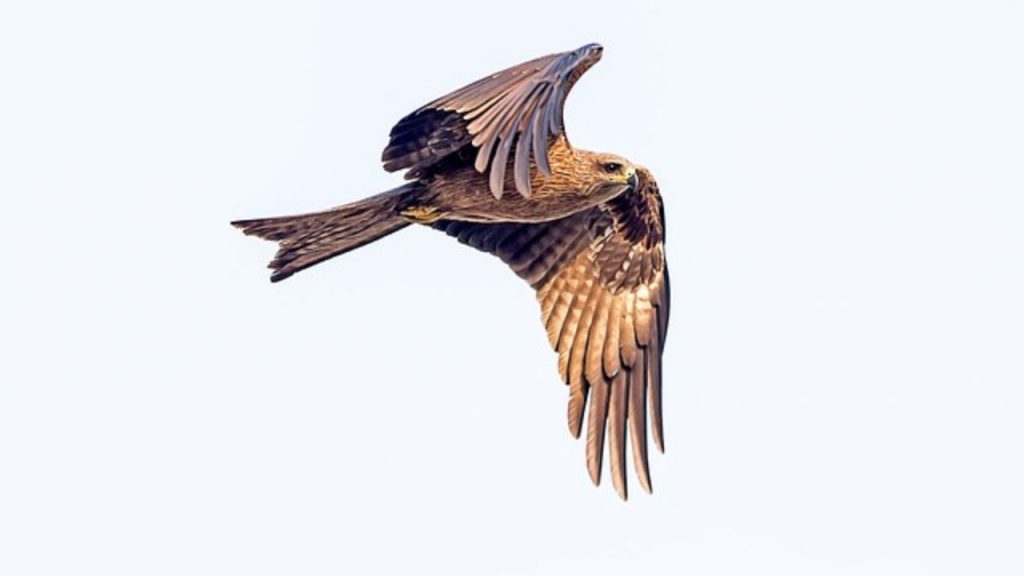
Kazakh nomads hold the Golden Eagle Festival in western Mongolia, when they display their falconry prowess. The eagles are trained to hunt tiny animals, and the festival is a celebration of this historic custom.
30. There Is Still Use of Shamanism
Even though Buddhism is the most common religion in Mongolia, shamanism is still widely practiced, especially in the countryside. Shamanic ceremonies are performed to treat ailments, converse with spirits, and ask for protection from the elements.
31. Severe Winters
Mongolian winters are notoriously severe and are referred to as “dzud” there. Because of the extreme cold and the difficulty cattle has in surviving, these winters may be disastrous for nomadic herders.
32. Script Mongolian
The script used in Mongolia is unique and is written vertically. Despite Soviet influence forcing the nation to adopt Cyrillic as its official character, the ancient Mongolian alphabet is still taught and utilized, especially in Inner Mongolia.
33. The Economic Development of Mongolia
Mongolia’s abundant natural resources have played a major role in the country’s recent economic growth. Gold, copper, and coal mining has grown to be one of the nation’s most significant sectors.
34. Travelers’ Vast Landscapes
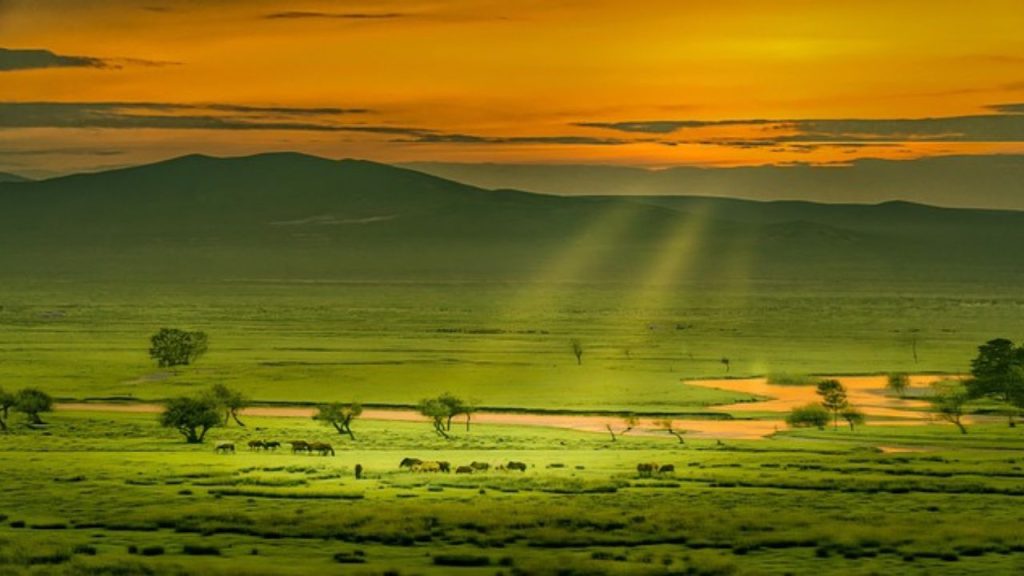
An adventurer’s paradise is Mongolia. For those looking for outdoor adventure, the nation has no shortage of options, from trekking across the Altai Mountains to camel riding in the Gobi Desert.
34. Adventurers’ Vast Landscapes
An adventurer’s paradise is Mongolia. For those looking for outdoor adventure, the nation has no shortage of options, from trekking across the Altai Mountains to camel riding in the Gobi Desert. In addition, visitors may go horseback riding over the steppes and explore Lake Khövsgöl’s unspoiled environment. Mongolia’s unspoiled beauty attracts travelers who crave raw, natural experiences.
35. Western Mongolia’s Eagle Hunters
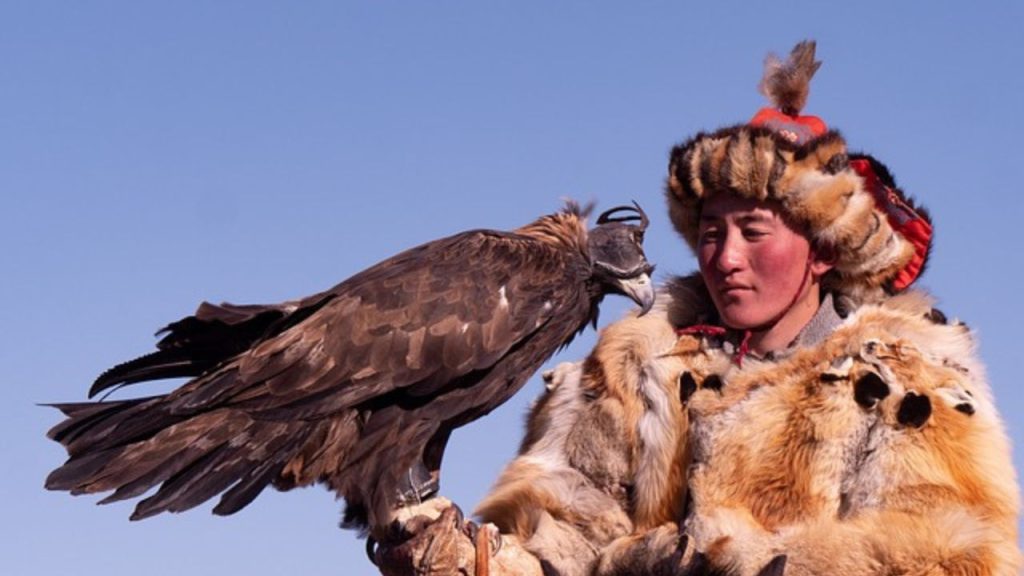
The Kazakh people still carry on their eagle hunting practice in the far west of Mongolia. In the hard winter terrain, these hunters pursue hares and foxes with golden eagles. Every year, the Golden Eagle Festival in Bayan-Ölgii Province highlights the friendship and talent between hunters and their magnificent birds. It’s a remarkable illustration of how important old customs are to Mongolian society today.
36. Lunar New Year in Mongolia: Tsagaan Sar
One of the most significant festivals in Mongolia is Tsagaan Sar, or Lunar New Year. Usually occurring in late January or early February, it heralds the arrival of spring. Families get together to rejoice, honor the elderly, and partake in customs food, such as “buuz” (dumplings). The celebration lasts for several days, and it’s a time for reflection, reconnection, and renewal.
37. The Dinosaur Land
Paleontologists are well-known in Mongolia for their abundance of dinosaur remains. Some of the most important finds, such as the first-ever dinosaur eggs, have been found in the Gobi Desert in particular, which has proven to be a treasure mine of ancient remnants. Famous for their fossils, the Flaming Cliffs continue to draw explorers and scientists from all over the world.
38. The Ice and Fire Festivals of Mongolia
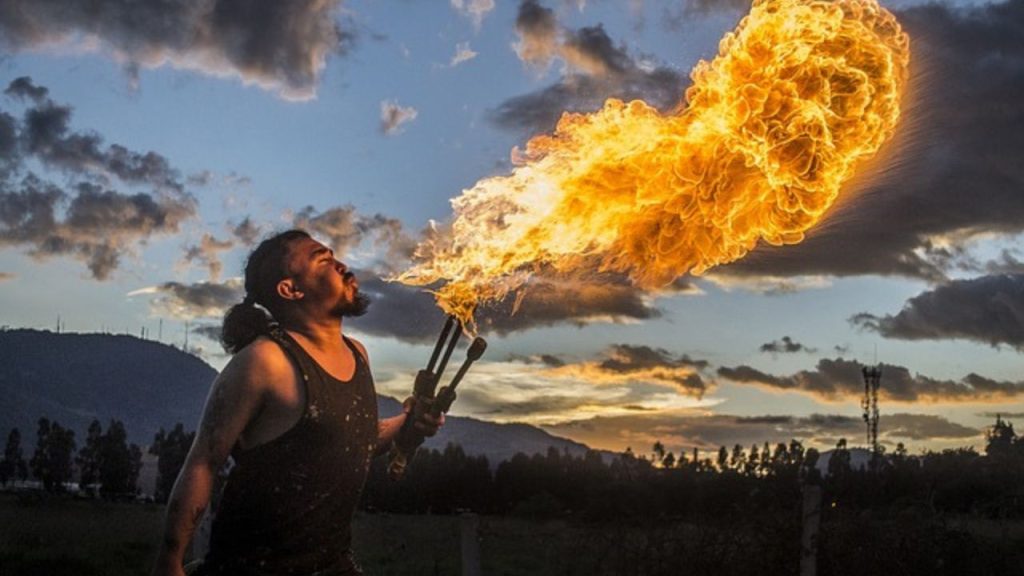
Mongolia is known for its scorching summers and its icy winters. At the Lake Khövsgöl Ice Festival, residents compete in ice skating, horse sledding, and wrestling. It’s a spectacular winter event. The Fire Festival, also known as the Summer Naadam, on the other hand, honors the sun and warmth via customary sports and cultural performances. The great differences in Mongolia’s environment and culture are reflected in these celebrations.
39. Ger to Ger Hospitality in Mongolia
Mongolians are renowned for their extraordinary friendliness, particularly in the countryside. Travelers are frequently invited inside the “gers” (yurts) of nomadic families for a hot supper and shelter. Whether they are friends or strangers, it is customary to share “airag” (fermented mare’s milk) and other traditional meals with visitors. The nomadic culture of Mongolia is characterized by a strong sense of hospitality, with helping others endure the hostile climate being viewed as a collective responsibility.
40. A Nation of Opposites
China is a country of extreme contrasts. In Ulaanbaatar, contemporary buildings stand in stark contrast to expansive, historic landscapes that appear to have stood the test of time. It’s a nation where advancement and heritage coexist. Although Mongolia is continually developing and modernizing, it is yet incredibly connected to its nomadic roots, history, and spiritual heritage.
Conclusion
Mongolia is a location rich with natural wonders, history, and tradition, not merely a huge country with a diverse geography. Mongolia provides a rare window into a world where the past and present coexist peacefully, from the centuries-old nomadic culture to the heritage of Genghis Khan and the Mongol Empire. This region of the endless blue sky is full of surprises, whether it’s the stunning grandeur of the Gobi Desert, the rich cultural diversity of the Naadam Festival, or the kind hospitality of the Mongolian people.
These forty facts are only the start of what is in store for individuals with an adventurous attitude; Mongolia is a country begging to be discovered. Hope you enjoy all these Interesting Facts About Mongolia. Read more.

